Why we ran it: To find out if cars like the F-Type have had their time
Month 3 - Month 2 - Month 1 - Specs
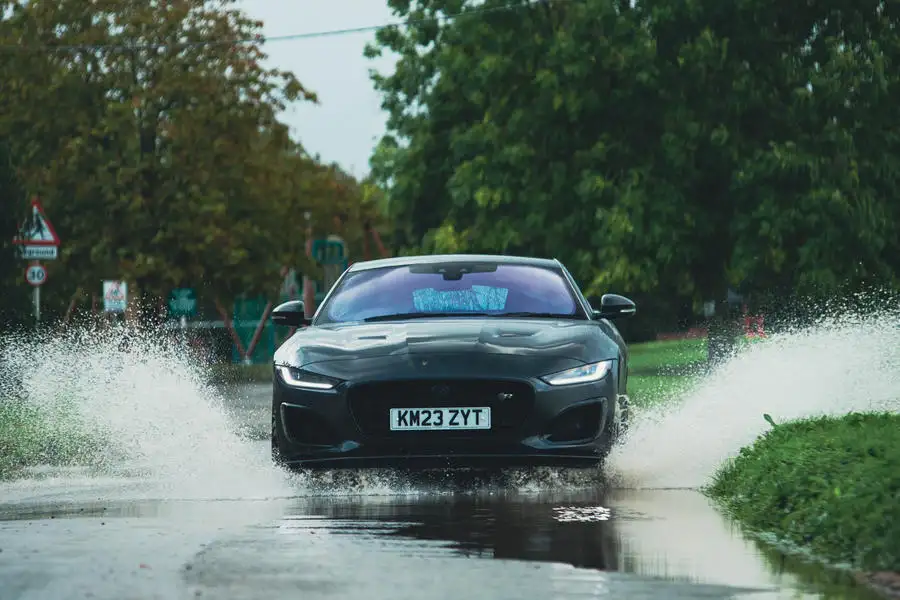
Life with a Jaguar F-Type: Month 3
They don’t make ’em like this any more – or soon won’t. Are we sorry to see it go? - 7 February
This feels like much more than the usual kind of goodbye, when a long-term test car simply goes off to its next owner, to be replaced by something else relevant, and all's right with the world.
The big grey V8 coupé that recently drove off down the road from my house, and disappeared around the corner for the last time, represented a kind of Jaguar motoring that won't be available again, at least not in a new condition from a Jaguar showroom.
Jaguar is in the process of ending sales of combustion-engined cars forever, and the F-Type R I've driven for 6500 miles is the last of its type.
When the consequences are as large as this, rather than worrying about the usual niggles - a bit of road noise and an ill-fitting glovebox lid - you find yourself thinking of the things that won't be coming again. And in this case, it's two singular properties of the F-Type R: the very special powertrain and the (to me) even more special mechanical layout.
Powertrain first. If you've ever read a line about the F-Type V8, you'll know what we think of it - a huge, smooth, elastic power unit with the capability of hurling a pretty large coupé from standstill to 62mph in just 3.5sec, on towards a 186mph top speed.
Vital in this - given that most of this performance is nowadays available from a £25,000 second-hand Tesla - is the way the performance is delivered: with an exhaust note that starts off seeming rather subdued (even with the special sportiness button well and truly pressed) but becomes supremely and deliciously vocal if you can find the road to give it a lot of revs and a wide throttle opening.
Such things are accompanied by massive and usually illegal speed, though, so like many with this much poke, you need a track to exercise it fully. Good thing the chassis - still one of the now-retired chassis guru Mike Cross's best - is well and truly up to the job, as are the comparatively massive tyres (hence the road noise).
The gearbox is something we will miss too. The mathematical precision with which it deploys 516lb it of torque, whether cruising or sprinting, is something to savour.


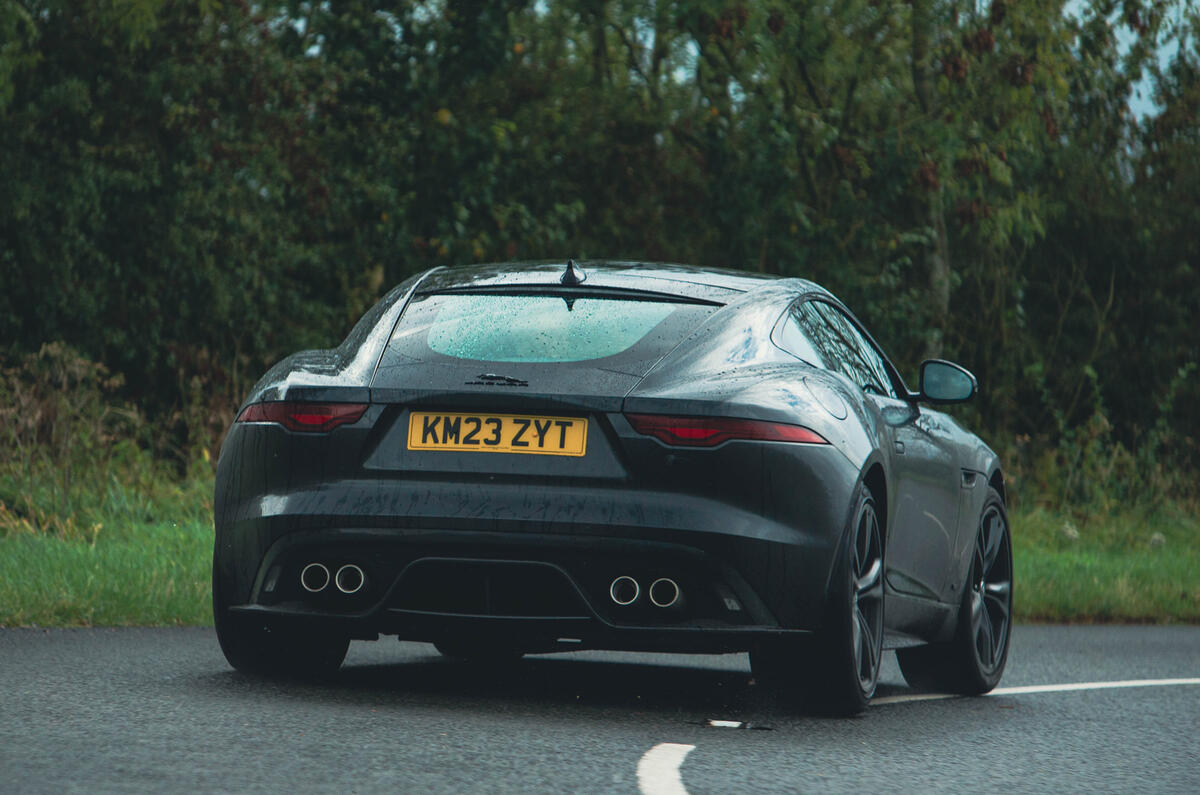

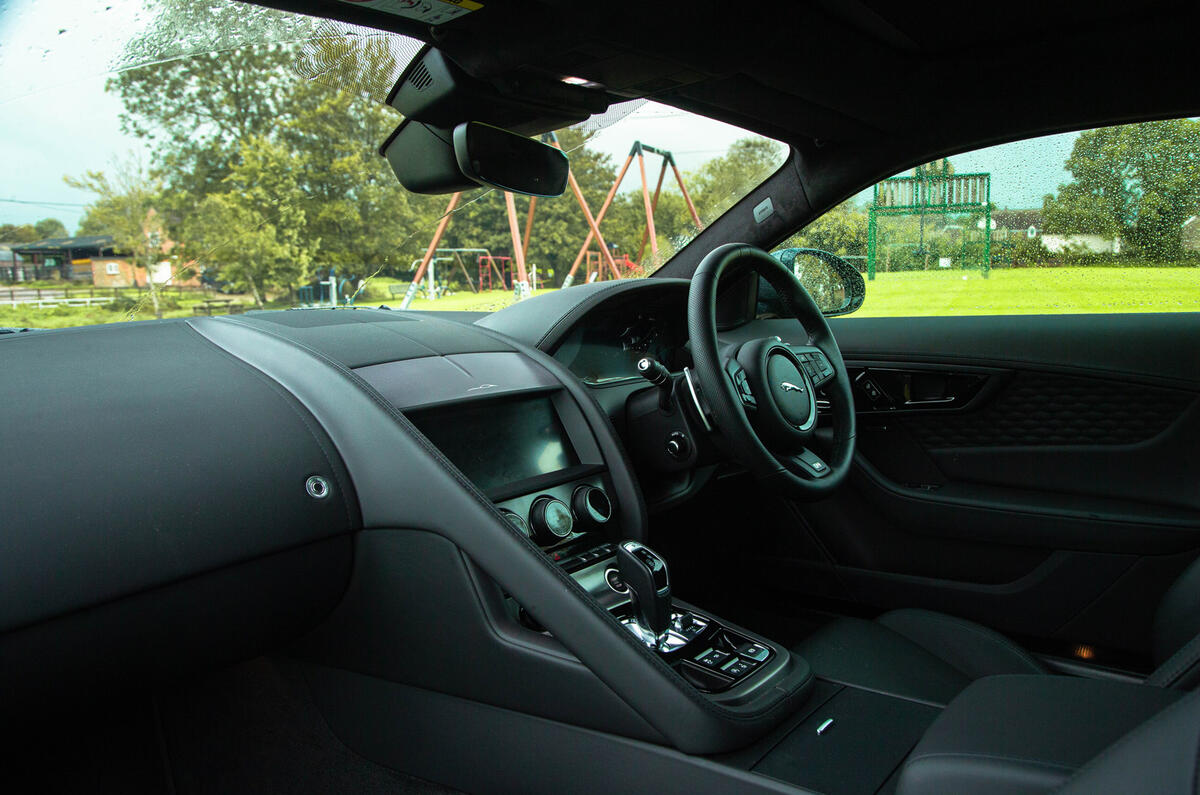
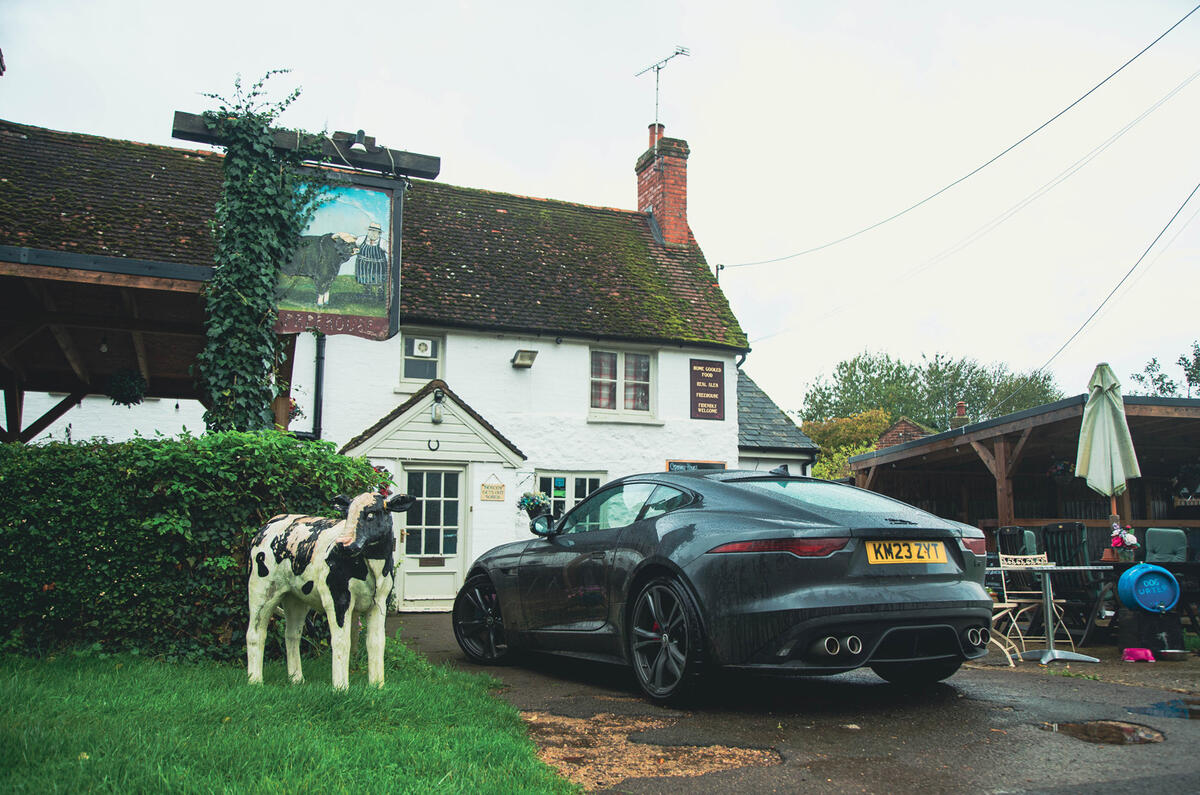
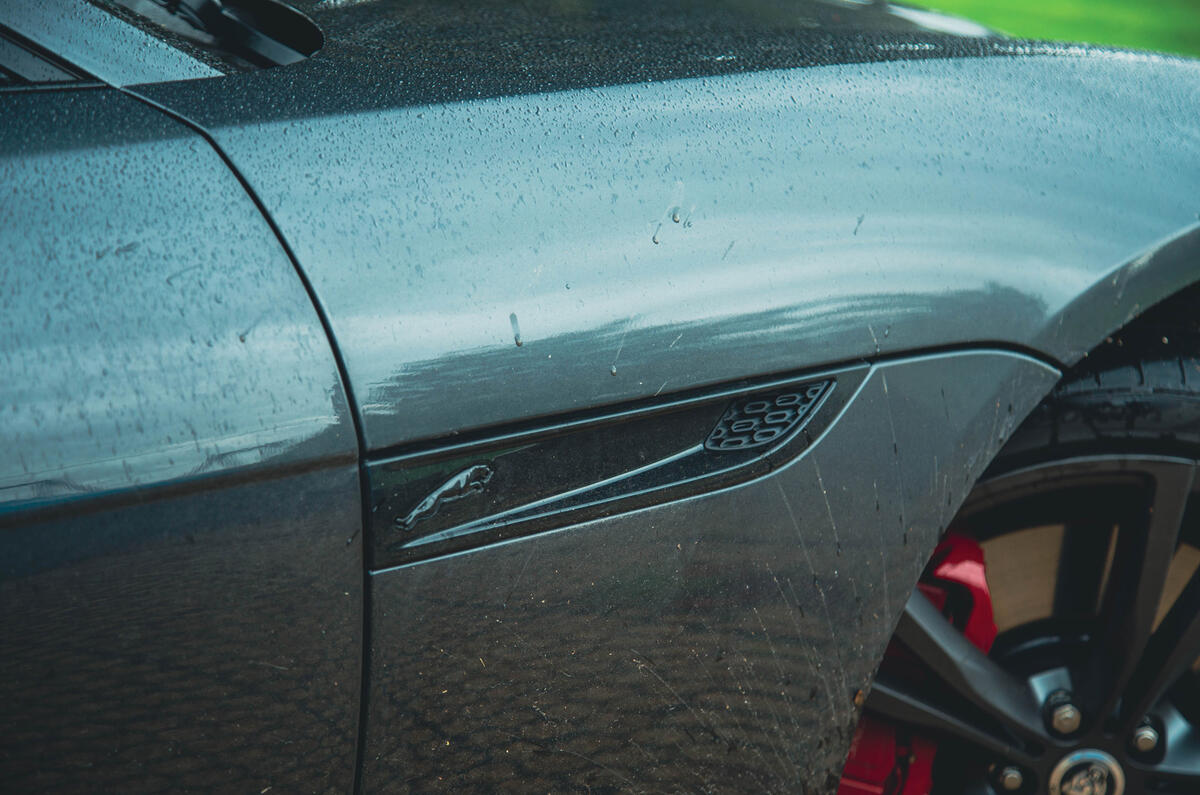
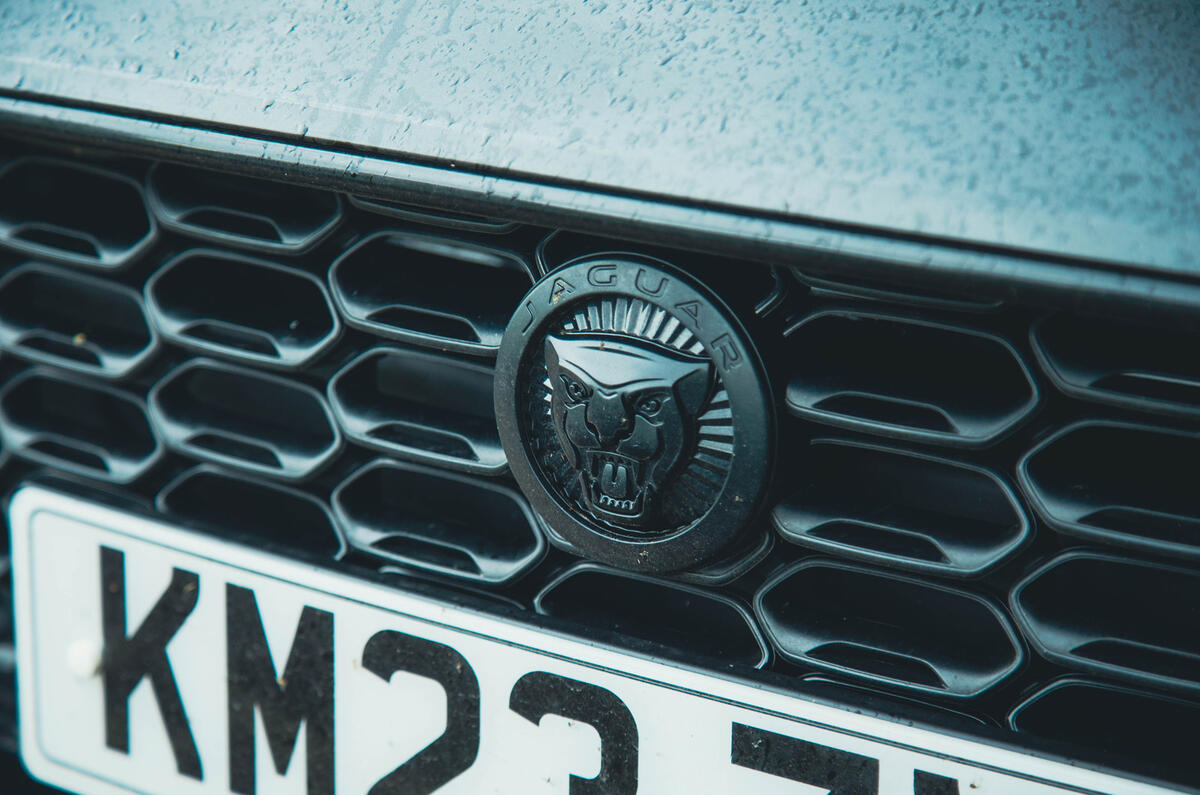
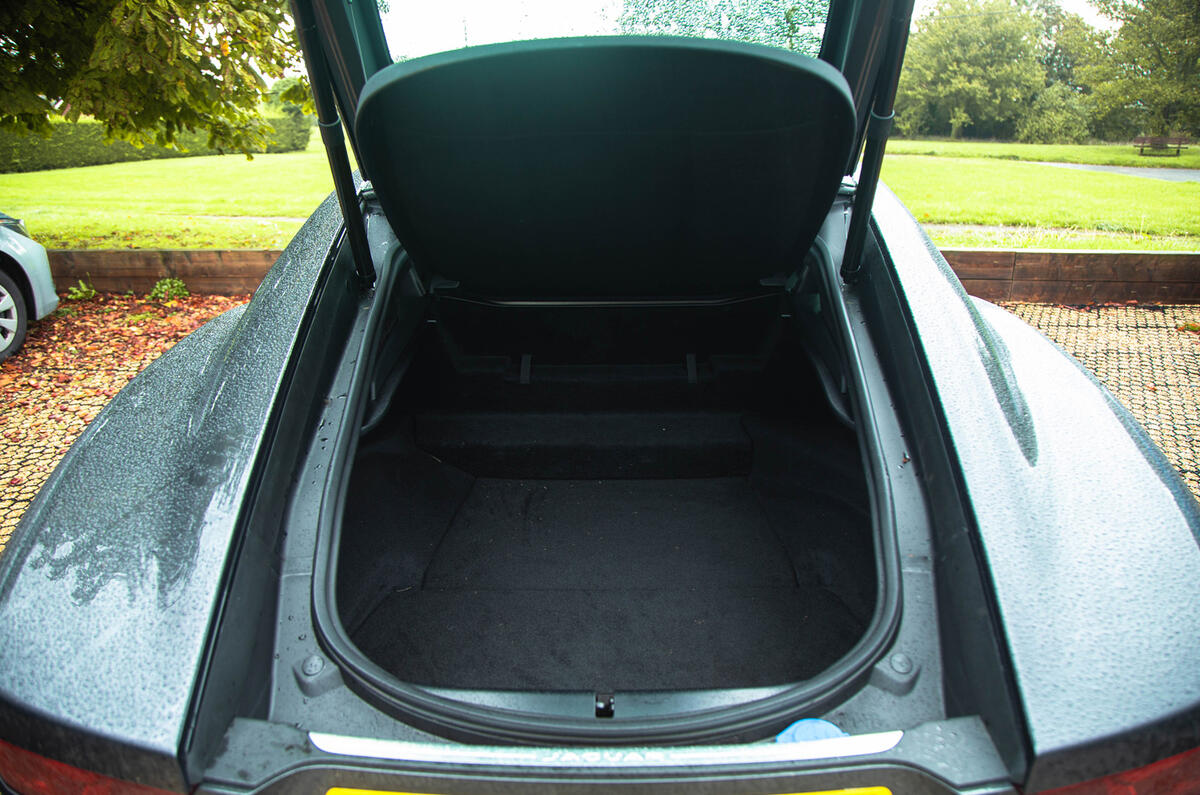
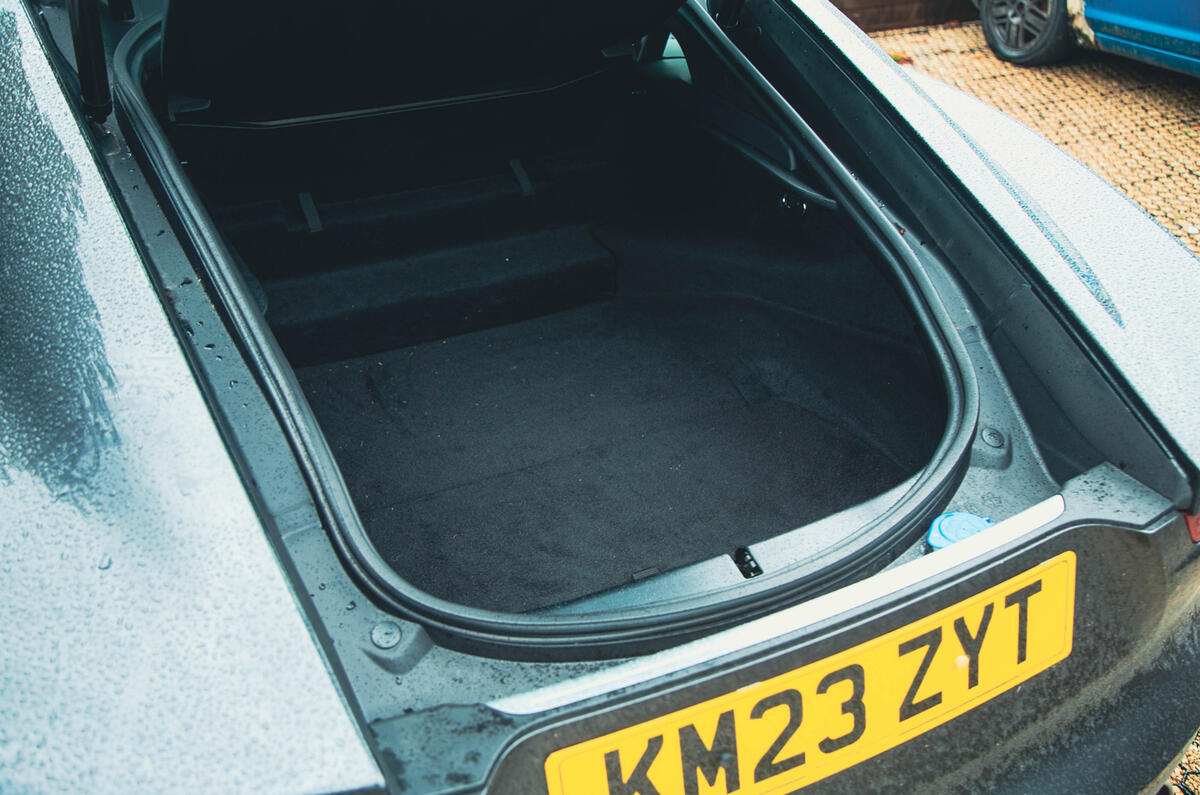
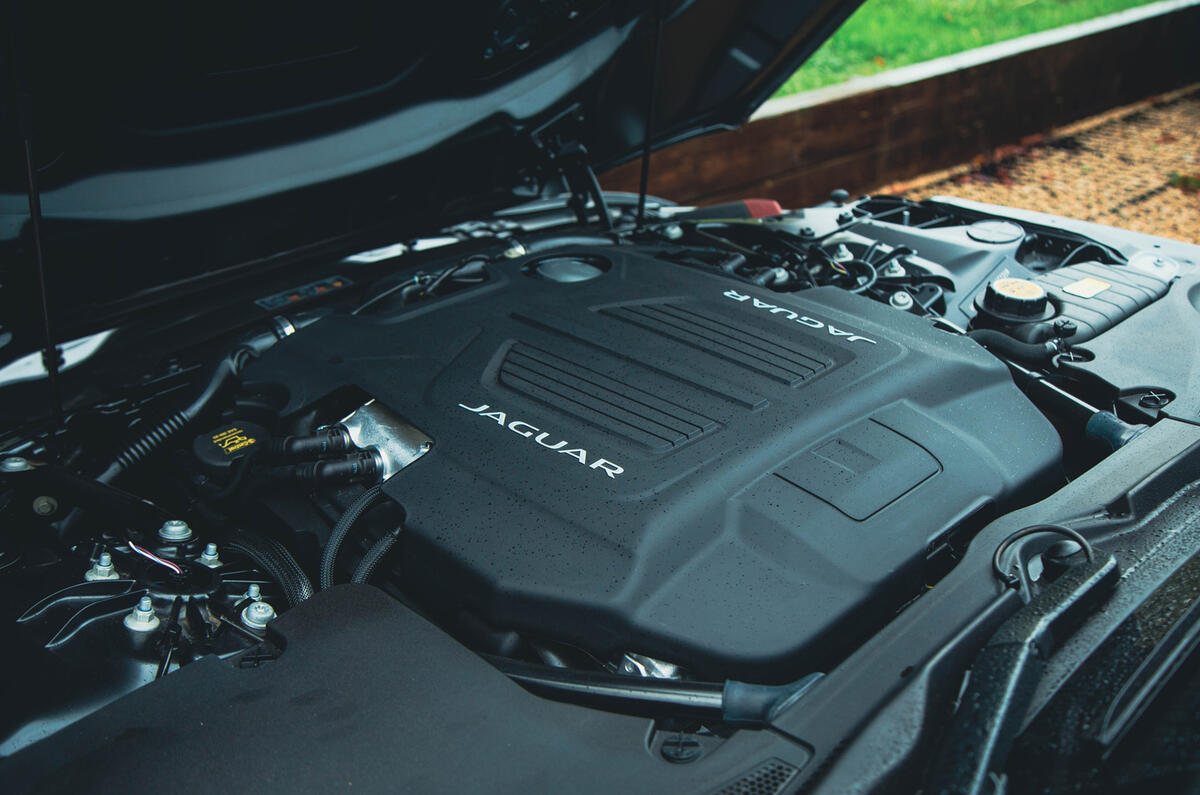
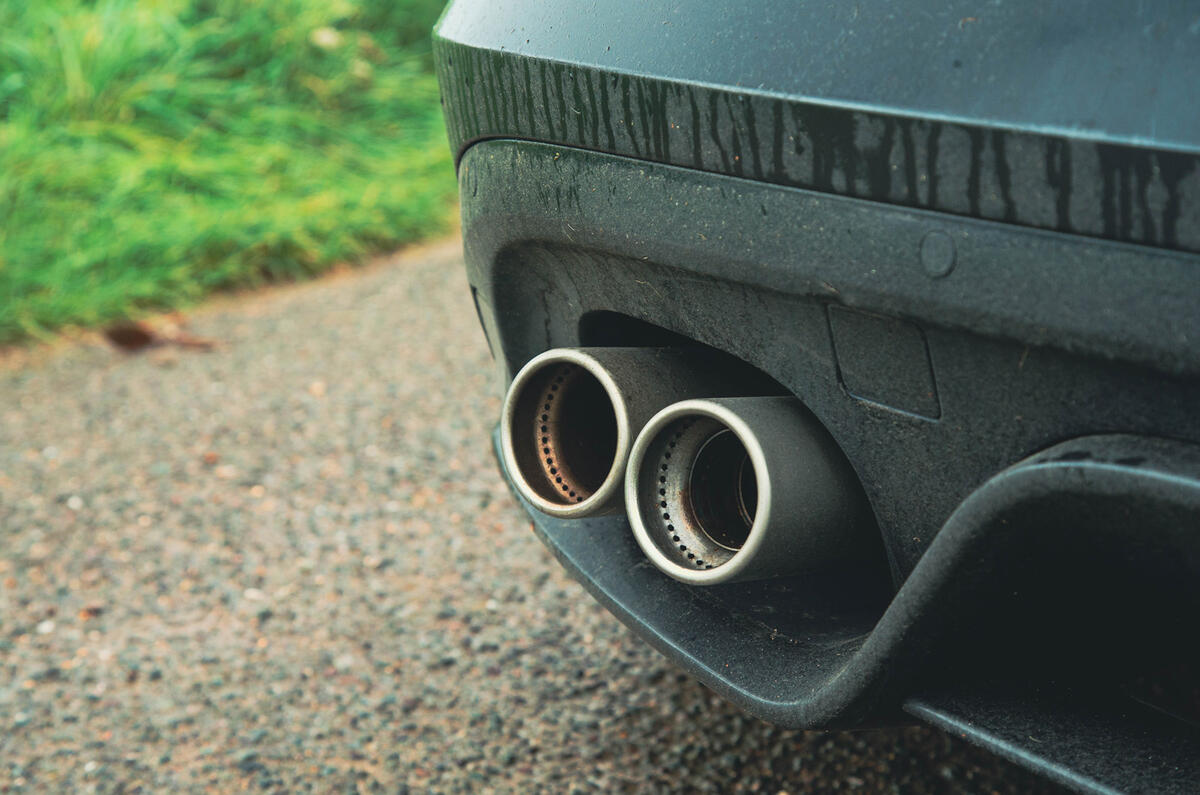
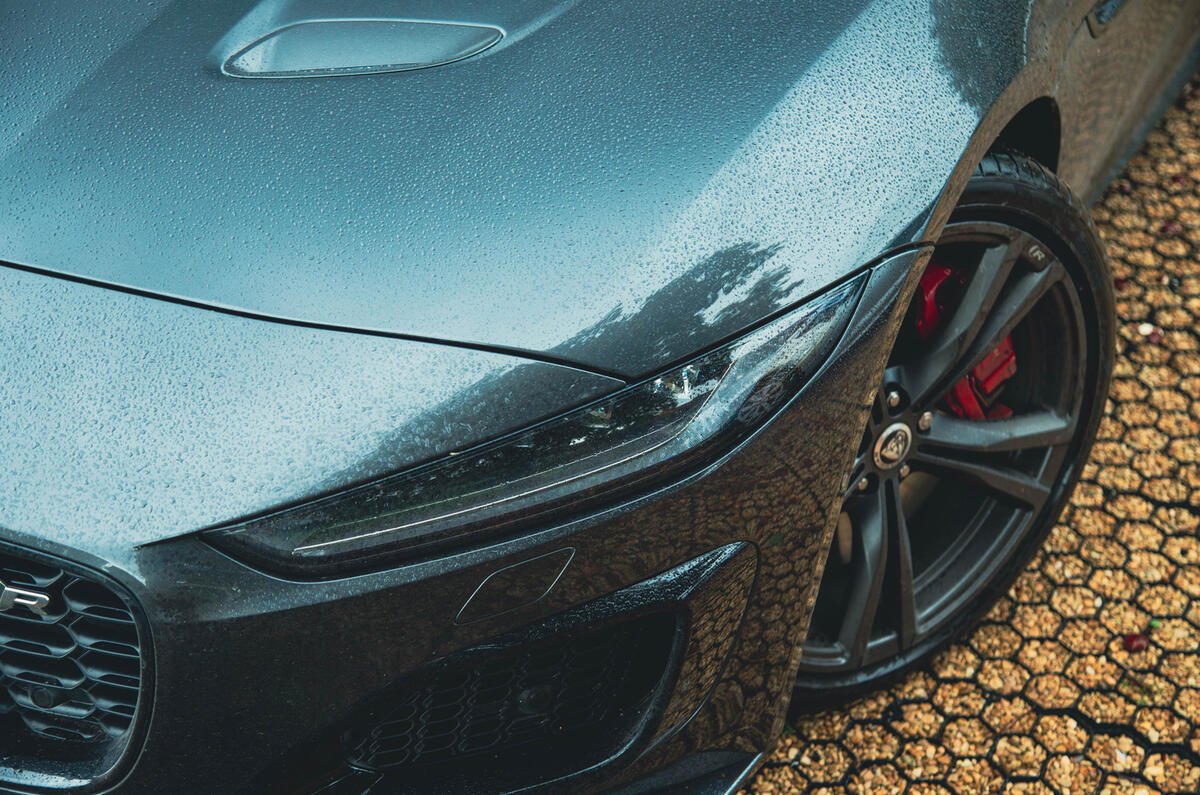
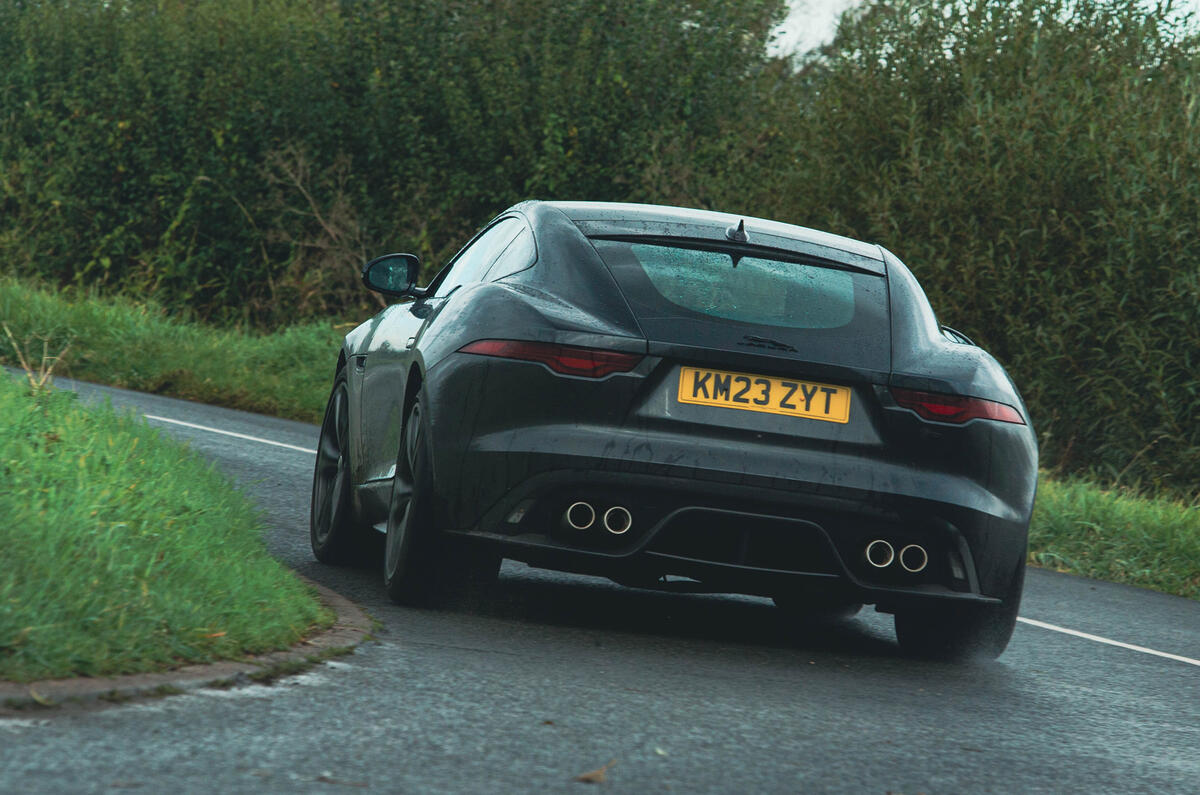

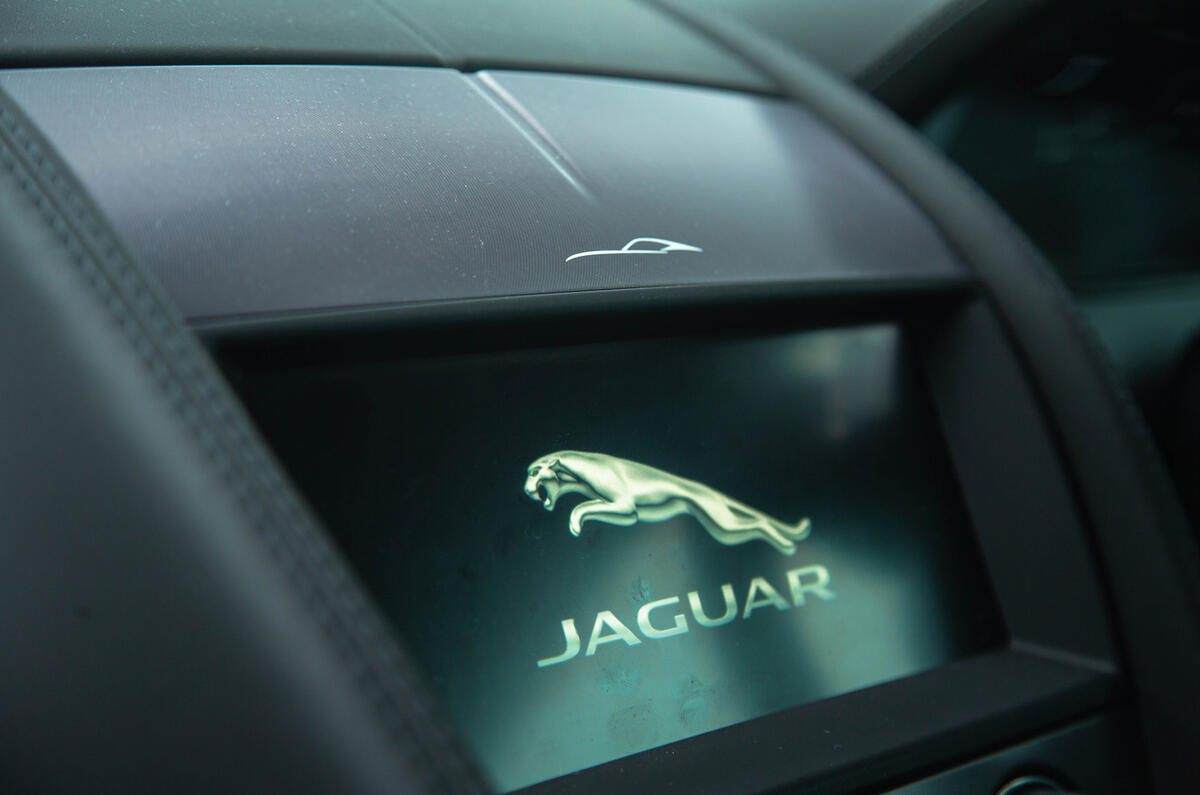






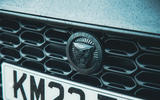
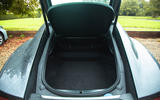
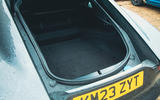
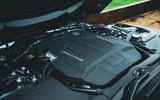
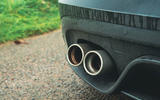
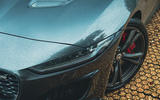
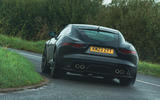

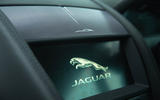

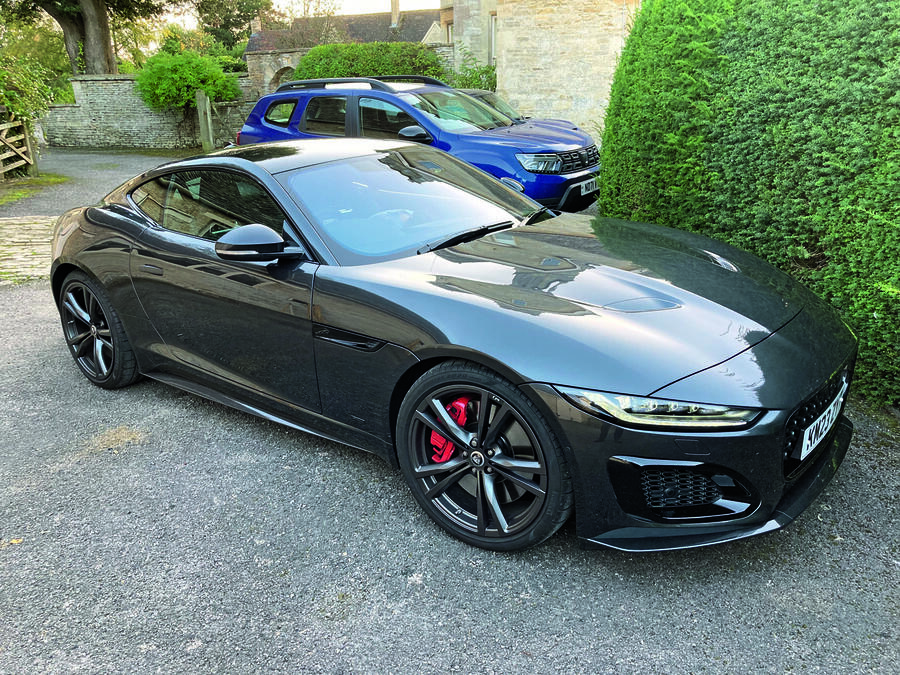
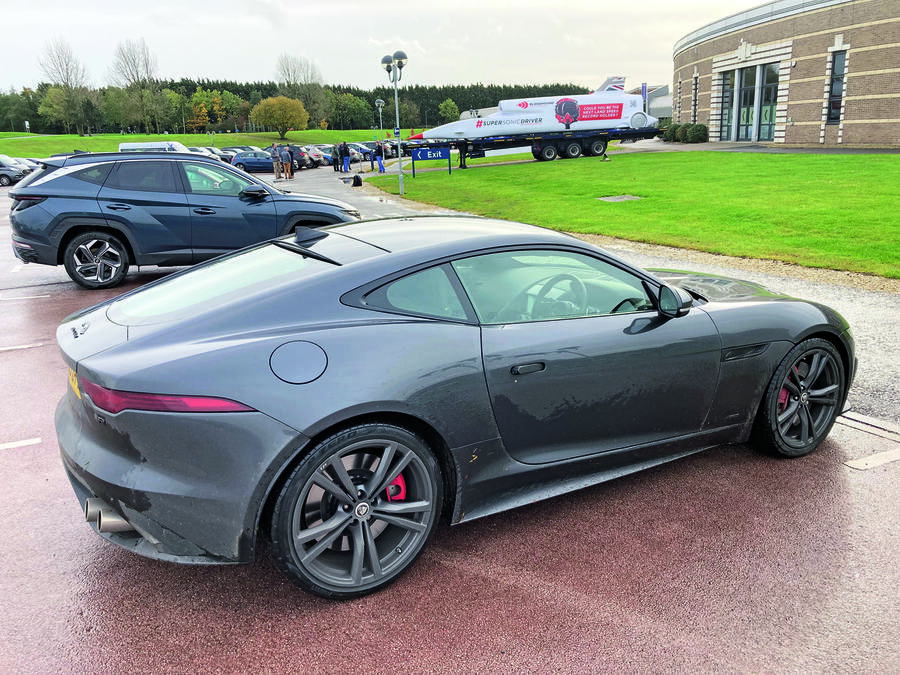
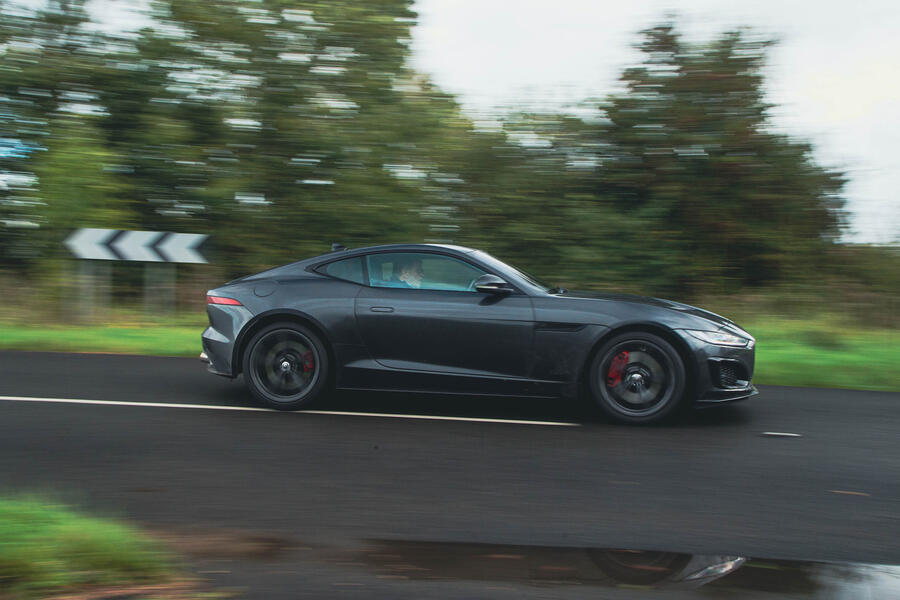
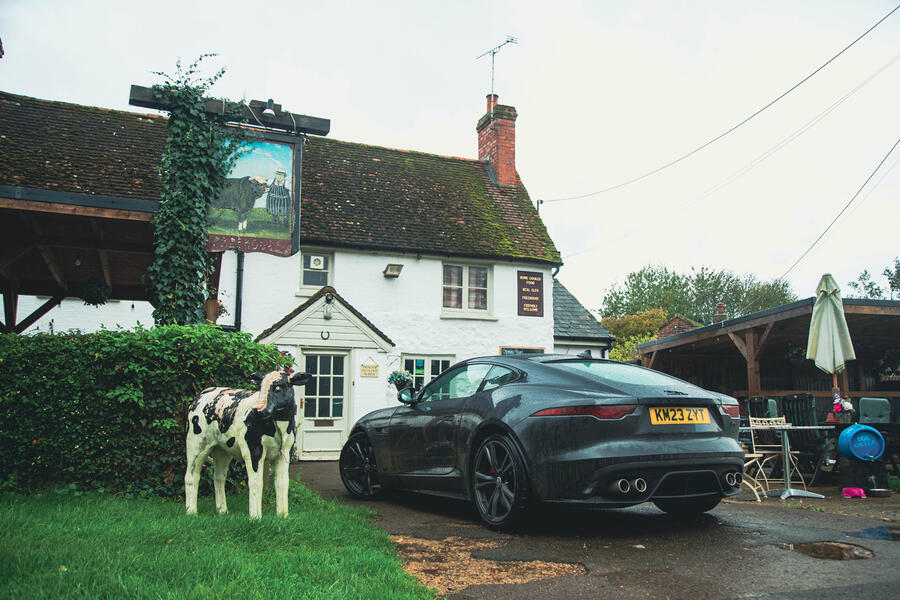
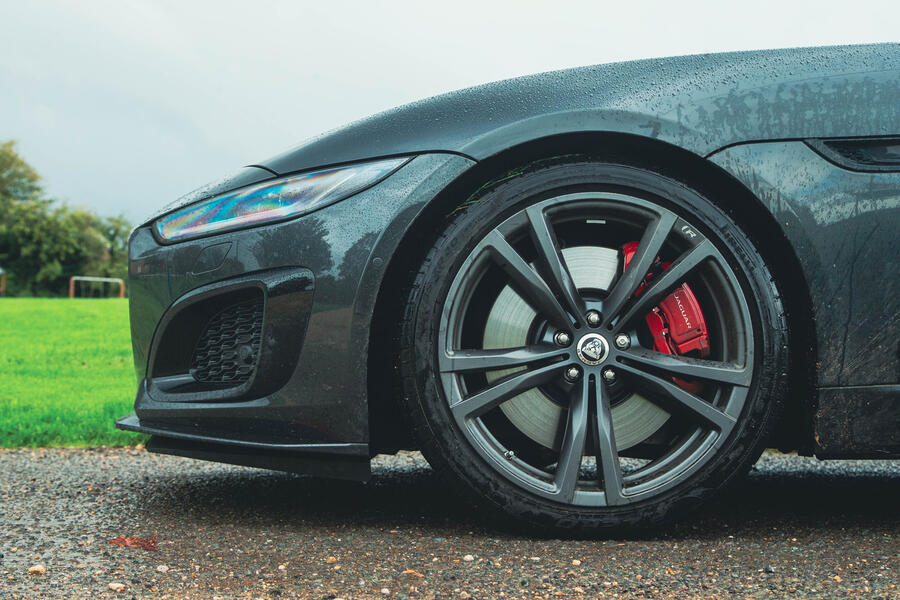





Join the debate
Add your comment
Why should any car 'have had its time'? Trends return... They can carry-on making this for another decade and -with appropriately adjusted emmissions- there's time enough for another generation of this glorious vehicle. Nearly-new examples will fetch a premium in the run-up to 2034 The hybrid 6-cylinder with a larger battery (under the boot) should still fit nicely and will make a good exhaust sound with suitably-tuned pipes.
There is too much obsession with EVs and the 'legacy automaker' mindset. We've another decade of nICE cars to enjoy yet.
Why the constant comparisons to EVs? What a baffling report.
Not one mention of the obvious rival from Stuttgart, which would provide meaningful context.
Jaguar really does seem to be on its last legs, with McGovern applying the finishing blow. What a way to run a car company.
The real problem is that Jaguar forgot what it's market was. Jaguar should look to Stuttgart for it's business model. However where I disagree is regarding McGovern. McGovern designed the UK chart topping mid engined MG F out of a metro parts bin. If he can springle some MG, Defender, RR magic onto Jaguar then he might just pull off the thing he's remembered for - Saving Jaguar
The real problem is that Jaguar forgot what it's market was. Jaguar should look to Stuttgart for it's business model. However where I disagree is regarding McGovern. McGovern designed the UK chart topping mid engined MG F out of a metro parts bin. If he can springle some MG, Defender, RR magic onto Jaguar then he might just pull off the thing he's remembered for - Saving Jaguar
This is a very tough market to succeed in as the market is small and dominated by Porsche. If Jaguar replaces this car they need to chuck away the rule book and build something that is totally off the wall, but with all the performance and dynamic ability you'd expect. It's a really tough ask and many at Land Rover will question the point of trying when SUVs are making so much money